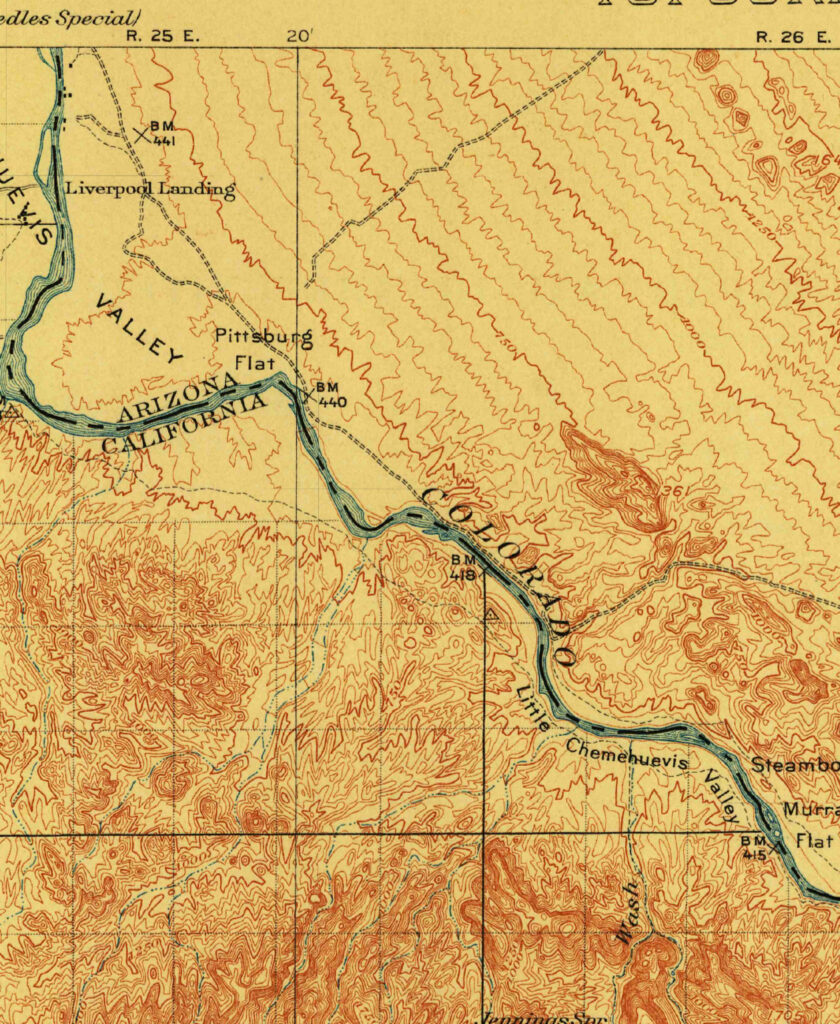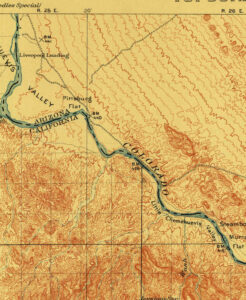Hosting an exhibit can be a great way to bring current satellite science to your institution. See how Landsat has been observing our changing planet and how it is equipped with special technologies that reveal more than meets the eye.
Follow the steps below to apply:
- Download and print the application.
- Fill out the application, scan and email to Ginger Butcher




